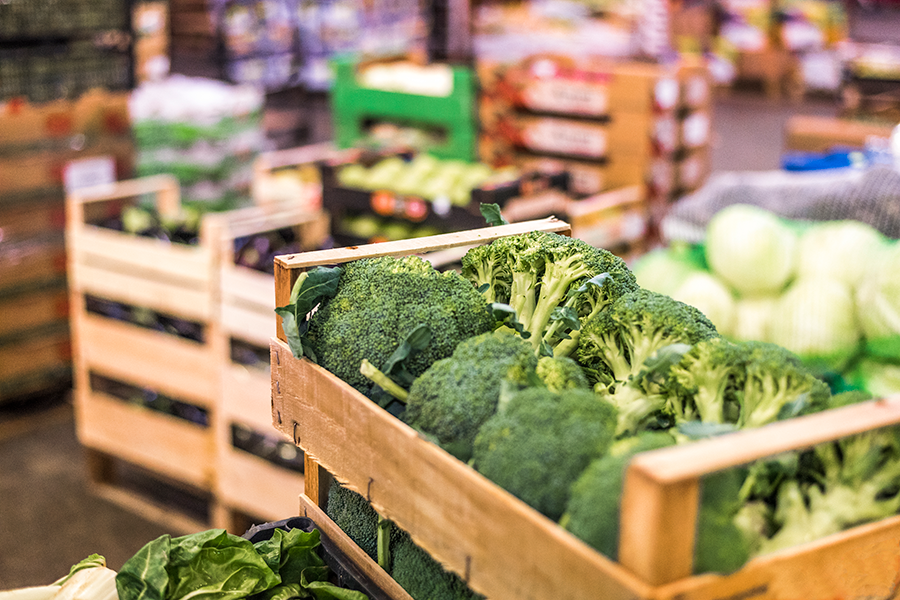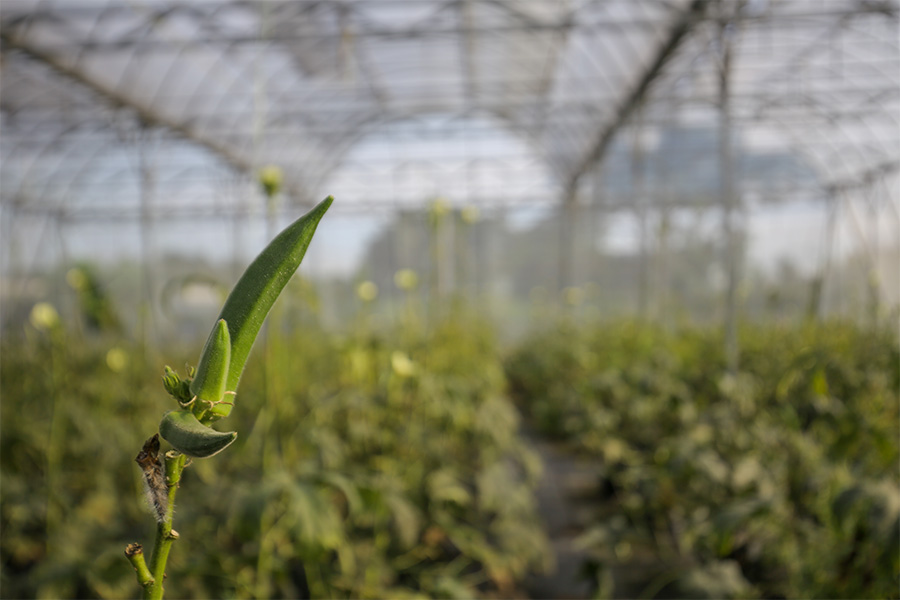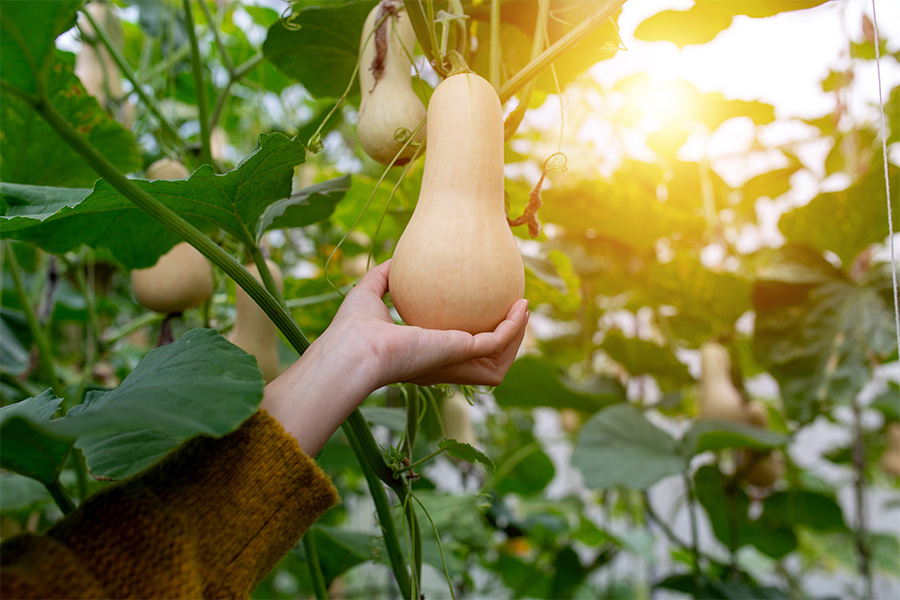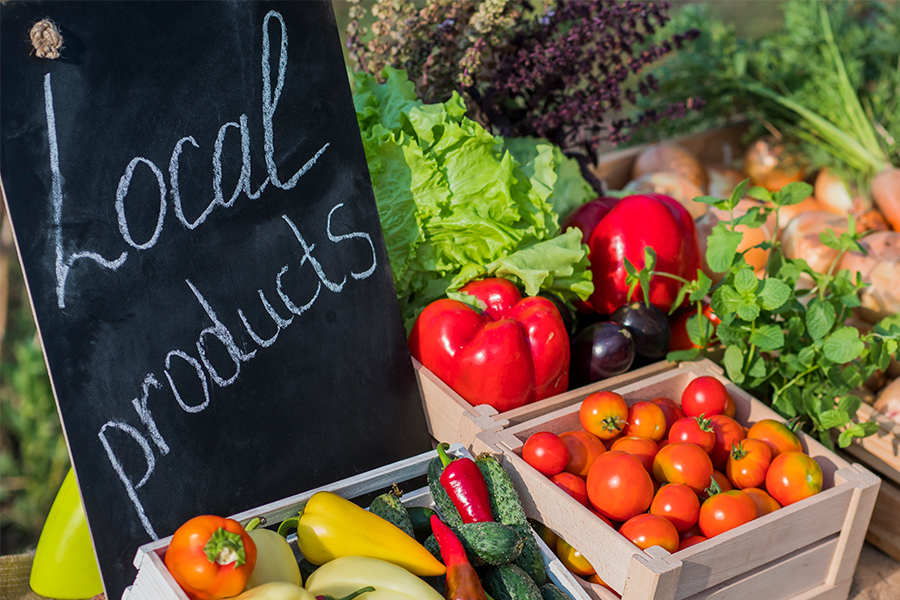Commercial Vegetables
-

The production, harvest, sorting and packing of fruits and vegetables produces close to a billion pounds of produce annually. These processes also result in material that is rotten, has bad spots, or is removed from packing lines. Properly dealing with discarded products can reduce the potential for environmental pollution while also protecting the individual who is responsible for the discarded materials.
Gary L. Hawkins
|
-

Plants develop seeds through a process called pollination. Pollination is the transfer of pollen from the stamen (male flower part) to the pistil (female flower part).
Bob Westerfield
|
-

This publication discusses organic Vidalia onion production in Georgia, from site selection and harvesting to certification.
George E. Boyhan and Timothy Coolong
|
-

The diamondback moth is a common pest of crops including cabbage, collards, turnip greens, mustard greens, broccoli, cauliflower and other leafy greens.
This insect has a long history of becoming resistant to insecticides beginning with DDT in 1953. Since then, DBM has become resistant to each new class of insecticide arriving to the market whenever those insecticides were used intensively and repeatedly to control a DBM population.
Prevention is critical. To delay the onset of resistance follow the practices listed in this circular. Even if resistance is detected in an area, these tips can inhibit its spread and preserve insecticide effectiveness.
David G Riley and Alton N Sparks
|
-

Marketing fresh fruits and vegetables at farmers markets, roadside markets, and pick-your-own farms is an important and growing method of marketing. However, many of the containers used are not practical for consumers.
Bob Westerfield and Timothy Coolong
|
-

Okra is grown in every county in Georgia. Okra can be a profitable crop when recommended production practices are followed.
Timothy Coolong and W. Terry Kelley
|
-

Squash (Cucurbita spp.) is a member of the cucurbit family, which consists of a number of warm-season vegetables. Another broad group of squash called winter squash. Each group is classified into several types based on fruit shape and color. Warm-season squash are harvested while immature while winter squash are harvested at maturity.
Timothy Coolong and W. Terry Kelley
|
-

This horticulture publication is about the commercial production of southern peas.
Darbie M. Granberry and Timothy Coolong
|
-

This publication covers some of the basic information about what you may need and key considerations when developing a small fruit and vegetable farm.
Bob Westerfield
|